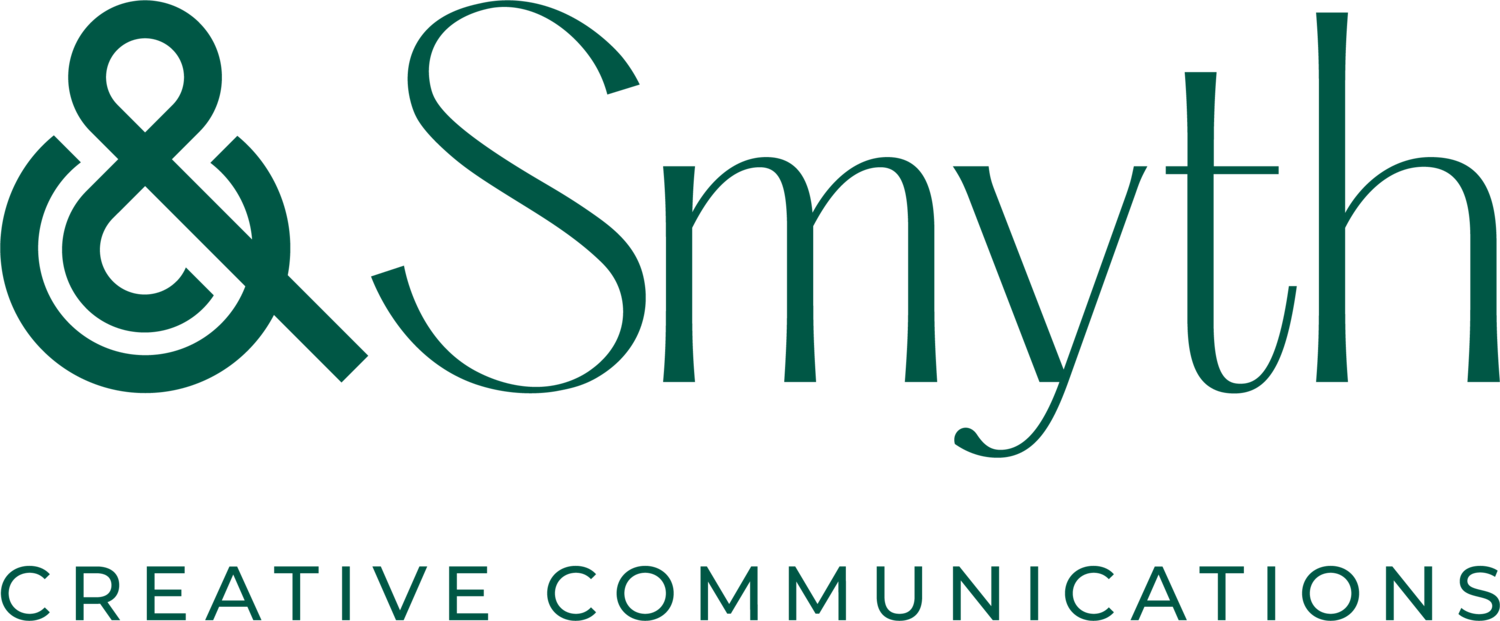The new rules of engagement: 3 ways to navigate reduced ROI in Influencer Marketing
by Katie Boyle, Account Director &Smyth Creative Communications
Yesterday, the Competition and Consumer Protection Commission (CCPC) released new research on influencer marketing in Ireland. The study looked at how consumers engage with influencers on social media platforms; and the effect that this marketing type can have on consumer behaviour. In addition it also recorded “consumers’ ability to recognise influencer marketing and the role of self-regulation organisations (SROs) and statutory bodies in this area” (CCPC, 2022).
This report was welcomed as there is so little existing material around influencer marketing in an Irish context, however it did signal some concerning behaviours. Some of the key findings included:
- Only 10% of consumers trust the information provided by influencers. However, while consumers distrust influencers in general, they do appear to trust the influencers that they follow which makes the statistic a little paradoxical.
- Almost 50% of influencer ad content was not correctly declared as advertising. The research also found that consumers say they can be reluctant to report such issues to a regulatory authority such as the CCPC, preferring instead to unfollow such influencers.
- 66% of consumers who follow influencers reported purchasing a product as a result of an influencer mentioning it (direct influence). However, nearly 24% of consumers who purchased a product as a result of an influencer promoting it stated that they subsequently felt misled about the product that they had purchased
The report also suggested that “requiring influencers to use a small number of tags, such as #advertisement, #AD and #PaidPartnership, would reduce inconsistencies in labelling methods amongst influencers, particularly for when influencers promote their own brands” . While such declarations are already mandated via the existing ASAI guidelines, the concern here seems to be in the inconsistency of style taken by creators. Many brands and creators avail of the Instagram ‘paid partnership’ label which was introduced as early as 2017 in certain markets due to its accessibility and transparency within the content.
The report went on to cite that ‘influencers and platforms’ need to do more to be transparent and accountable for such misleading behaviours, and while perfectly agreeable, it ignores the elephant in the room: the brands paying for the placement. In a collaboration, there are a minimum of two parties involved (creator & brand), however most likely there is also an agent for the creator and marketing or communication professionals advising the brand. That amounts to a lot of sets of eyes overseeing the entire process from start to finish. The accountability lies with all parties involved to ensure all declarations are adhered to.
Cutting through the noise
As social media platforms become more saturated with paid-for content (let’s call it the Meta effect) - is the real issue that brands and content creators are seeing a lower ROI? In the last 12 months, there has been an increase in direct (and indirect) commentary from creators that once the required declarations appear on a post that it tends to nosedive in performance compared to an organic post. The rise of traditional tv-style ‘ad breaks’ have also been adopted by some creators to break up Instagram story content.
How can we, as communicators and storytellers navigate this shift? Here are three considerations:
‘Less but better’ – For creators, choosing to do less frequent, more considered collaborations with aligned brands will result in an authentic experience for all parties. The report found that ethical credentials such as being ‘ethically conscious’ and ‘environmentally friendly’ were considered very important to consumers, and in order to build trust it is pertinent to live and breathe the same values. This quality-over-quantity approach also applies to brands. An example of this is partnering with one or two ambassadors for a longer-term arrangement rather than opting for many once-off collaborations. Sectors also may influence the ideal arrangement e.g. in food & drink, this might mean that a creator works with a limit of one brand per category.
Tactic rationale – is a paid-for partnership the best use of resources to achieve the objective that the brand has set out? While it can be highly effective in raising awareness and engaging with a niche community, just as with any other communications tactic, the relevance should be interrogated to deliver the most robust communications plan. For instance, social media advertising or media partnerships may work better to deliver messaging with a positive impact.
Creative concept – the days of a standard ‘1x story and 1x feed post’ template are gone. Brands and creators want to flex their creative muscles. For brands this means standing out from competitors in the marketplace and for creators it means producing content in a natural style that fits in with the rest of their accounts, and that their audience will enjoy and be interested in. Whether that means having creators go to the business premises or event or partner with other creators or change the medium that is used to deliver the key message, innovation is key. PR and communications consultants can shine here to join the dots between the talent and brands, there are few others that will have fingers on pulses as readily as us when it comes to trends!
For more information check out the following resources:

